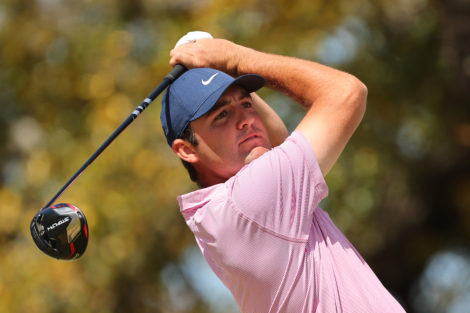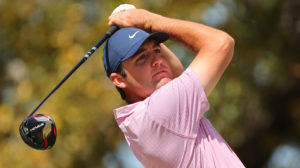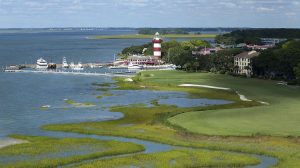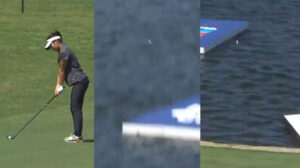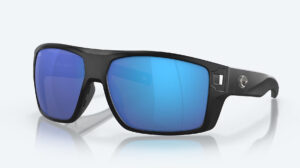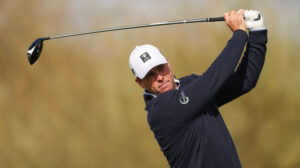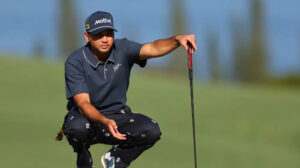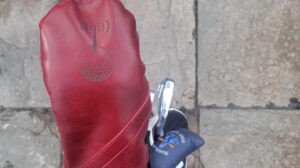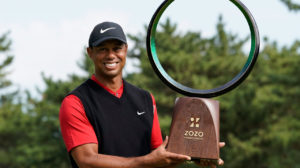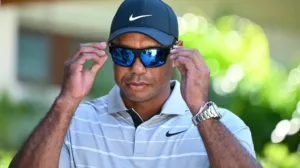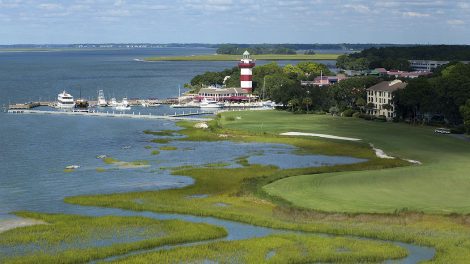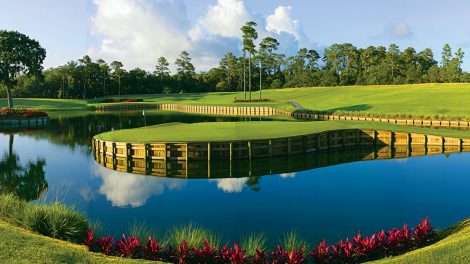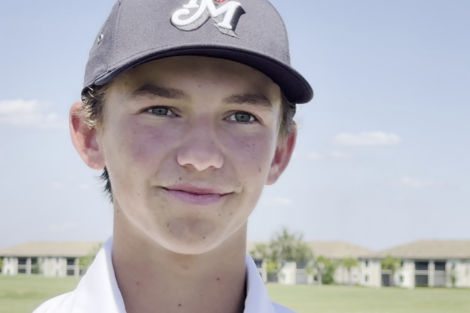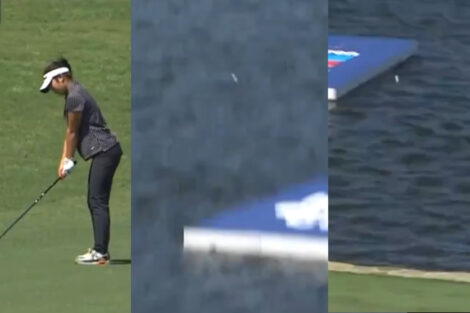Arriving to the tee at the par-3 17th at Harbour Town Golf Links, the Pete Dye design is no longer cordoned off by an army of massively tall Hilton Head pine trees. What...
Welcome to Golf News Net, publishing everything you need to know about golf. We cover all tours, including the PGA Tour, LPGA Tour, DP World Tour, LIV Golf and more.
GNN TV
PGA TOUR
How much does it cost to play golf at Corales Golf Club?
April 19, 2024
The history of the plaid jacket at the RBC Heritage
April 19, 2024
2024 RBC Heritage format, cut rules and playoff format
April 18, 2024
2024 RBC Heritage purse, winner’s share, prize money payout
April 16, 2024
RBC Heritage history, results and past winners
April 15, 2024
LPGA Tour
The Chevron Championship history, results and past winners
April 15, 2024
2024 The Chevron Championship field: Players, rankings
April 13, 2024
FOR GNN MEMBERS
FOREBUCKS
2024 RBC Heritage model and fantasy golf rankings
April 17, 2024
2024 Masters Tournament daily fantasy golf (DFS) picks
April 10, 2024
2024 Masters Tournament model and fantasy golf rankings
April 6, 2024
2024 Valero Texas Open model and fantasy golf rankings
April 2, 2024
2024 Valero Texas Open daily fantasy golf (DFS) picks
April 2, 2024
2024 Valspar Championship model and fantasy golf rankings
March 19, 2024
2024 Valspar Championship daily fantasy golf (DFS) picks
March 19, 2024
FANTASY & BETTING
2024 RBC Heritage model and fantasy golf rankings
April 17, 2024
2024 Masters Tournament daily fantasy golf (DFS) picks
April 10, 2024
RESEARCH TOOLS
Equipment
What do the two numbers on a wedge mean?
April 3, 2024
What is the logo on Luke List’s hat in 2024?
February 18, 2024
What golf clothes is Jason Day wearing on the PGA Tour in 2024?
February 17, 2024
Tiger Woods announces break-up with Nike after nearly 30 years
January 8, 2024
What does the L stand for on Rickie Fowler’s Puma L hat?
January 3, 2024
2023 Black Friday and Cyber Monday: Best golf deals and sales on Amazon
November 27, 2023
LEADERBOARD
VIDEO
The Road to French Lick (Ep. 1): Club Car Championship
April 13, 2024
The Bag Room: Talking adidas Golf Rain.Rdy with Sarah Marai
November 17, 2022
Is the new OWGR bad, and Rory says Norman has to go
November 17, 2022
Tony Finau has a winning instinct; a shady-looking deal at Q-School
November 15, 2022
Is Greg Norman out and other LIV rumors; Tiger Woods wins the PIP
November 13, 2022
Bandon Book Club: The Science of Golf
November 10, 2022
Bandon Book Club: The 18 People I Hate Playing Golf With
November 9, 2022
Bandon Book Club: The Cup They Couldn’t Lose w. Shane Ryan
November 1, 2022
LIV Year 1: What happened and can it survive?
October 31, 2022
Rory takes a different tone on LIV, whose biggest test is this week
October 27, 2022
GOLFTRIPX
You've seen the par-3 17th on TV, when the PGA Tour holds The Players on the Stadium Course at TPC Sawgrass. You want to give it a shot yourself and see if you can tame...
You've been watching the Arnold Palmer Invitational, seeing how much tough course is, and you're wondering how much it costs to play at Bay Hill Club and Lodge on the...
ICYMI
FASHION
GNN MEMBERS LOGIN
MUST SEE

Waste bunker vs. sand bunker: What’s the difference in the Rules of Golf?

2024 Zurich Classic of New Orleans: PGA Tour betting odds, futures picks and tips, predicting who will win

2024 Zurich Classic of New Orleans format, cut rules and day-by-day games

Zurich Classic of New Orleans history, results and past winners

2024 Zurich Classic of New Orleans PGA Tour one-and-done fantasy golf picks


